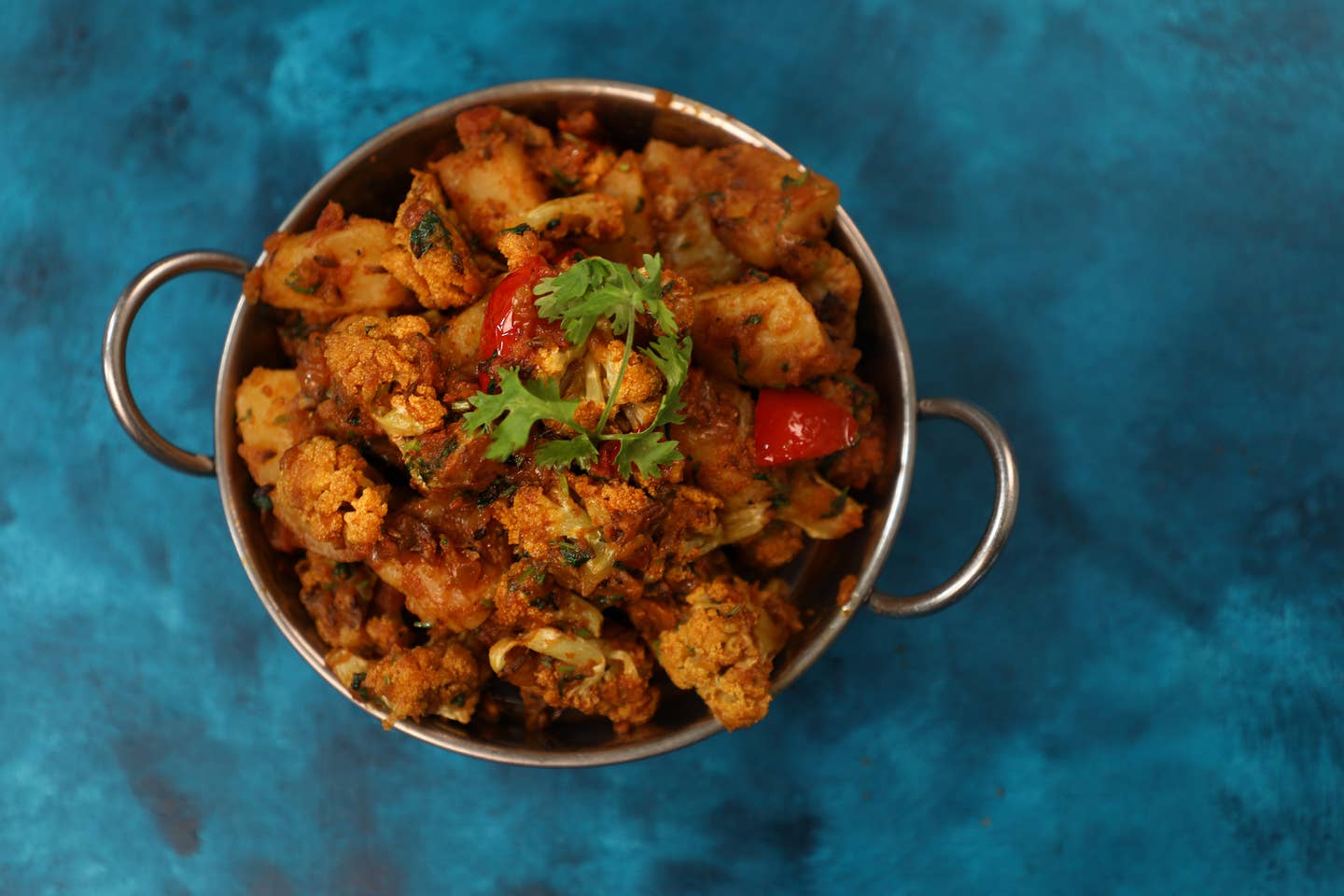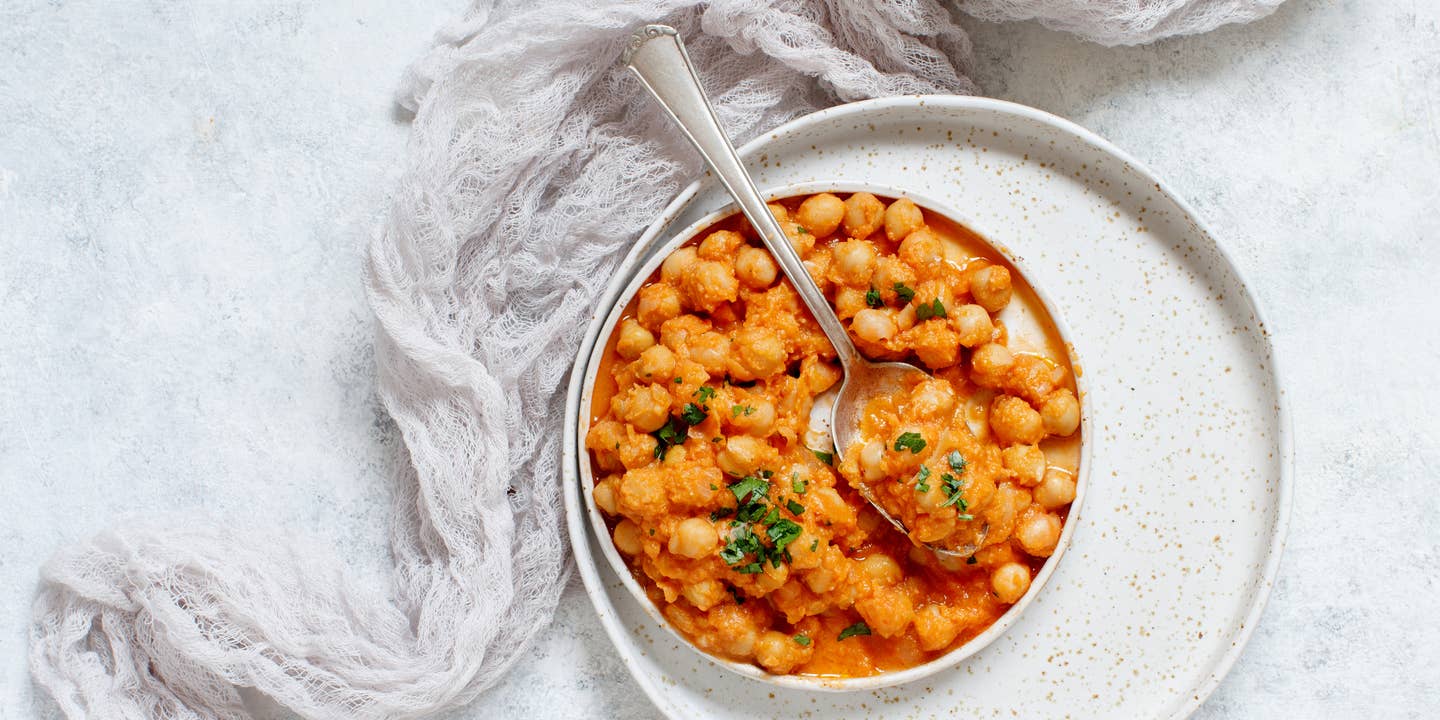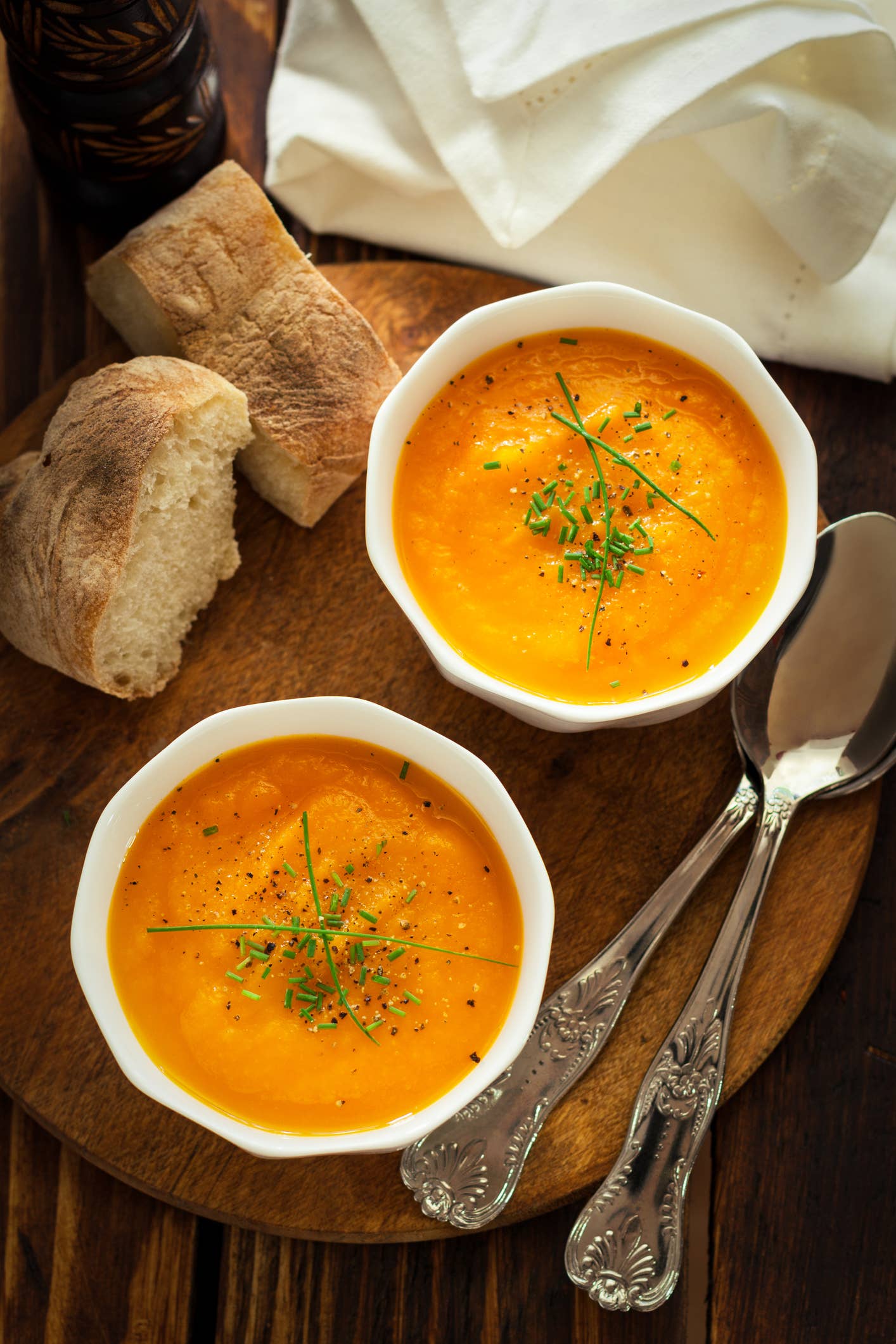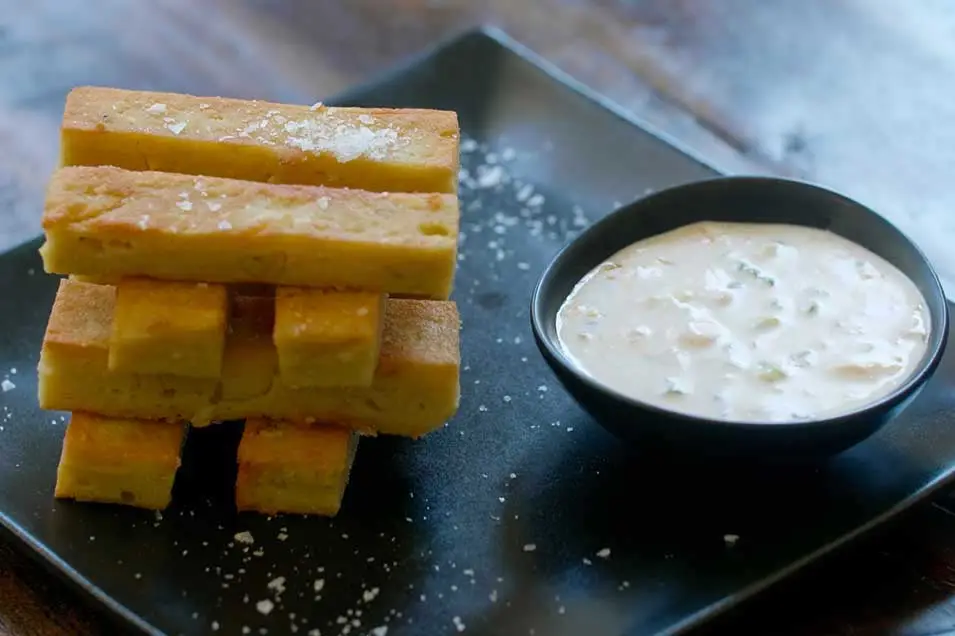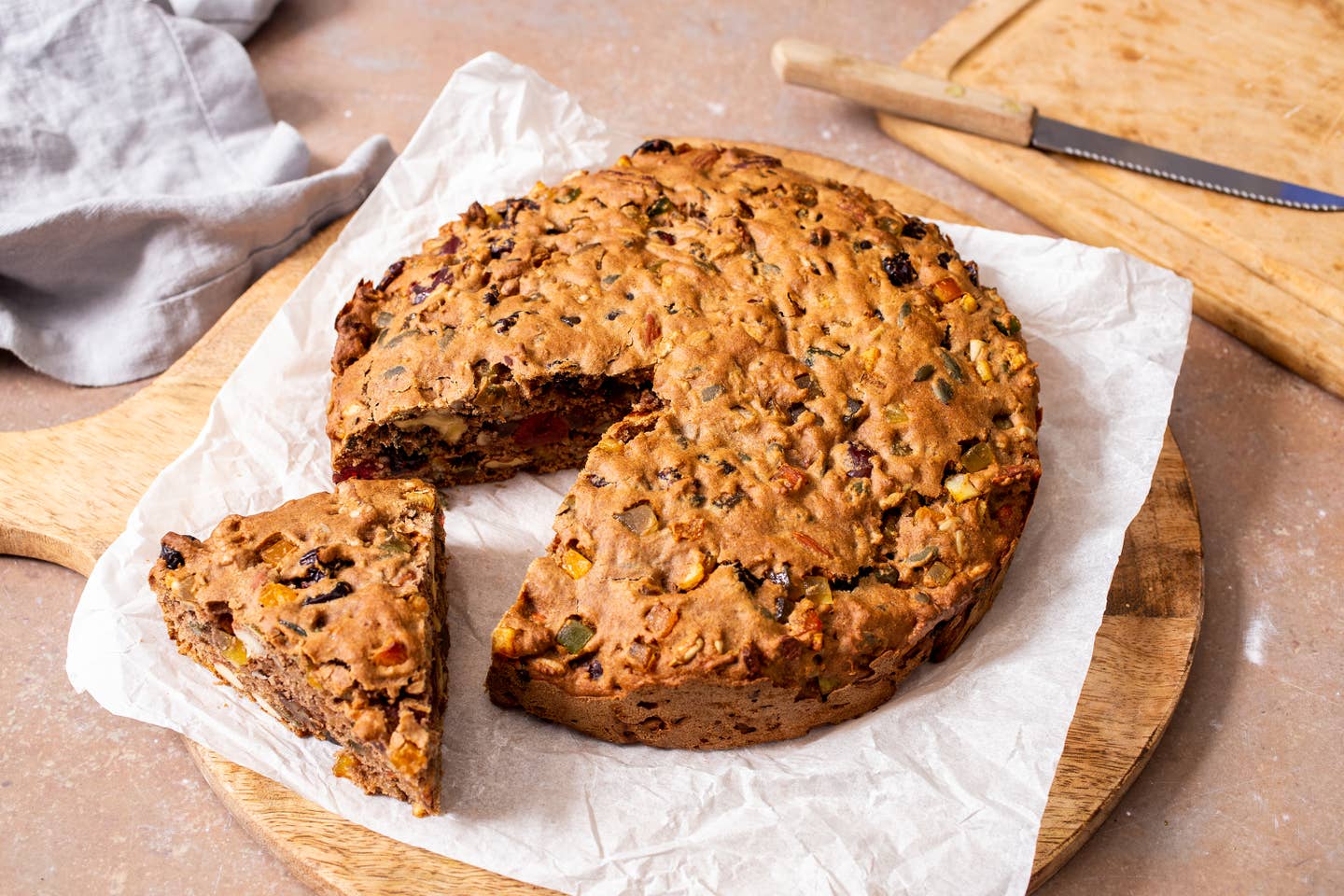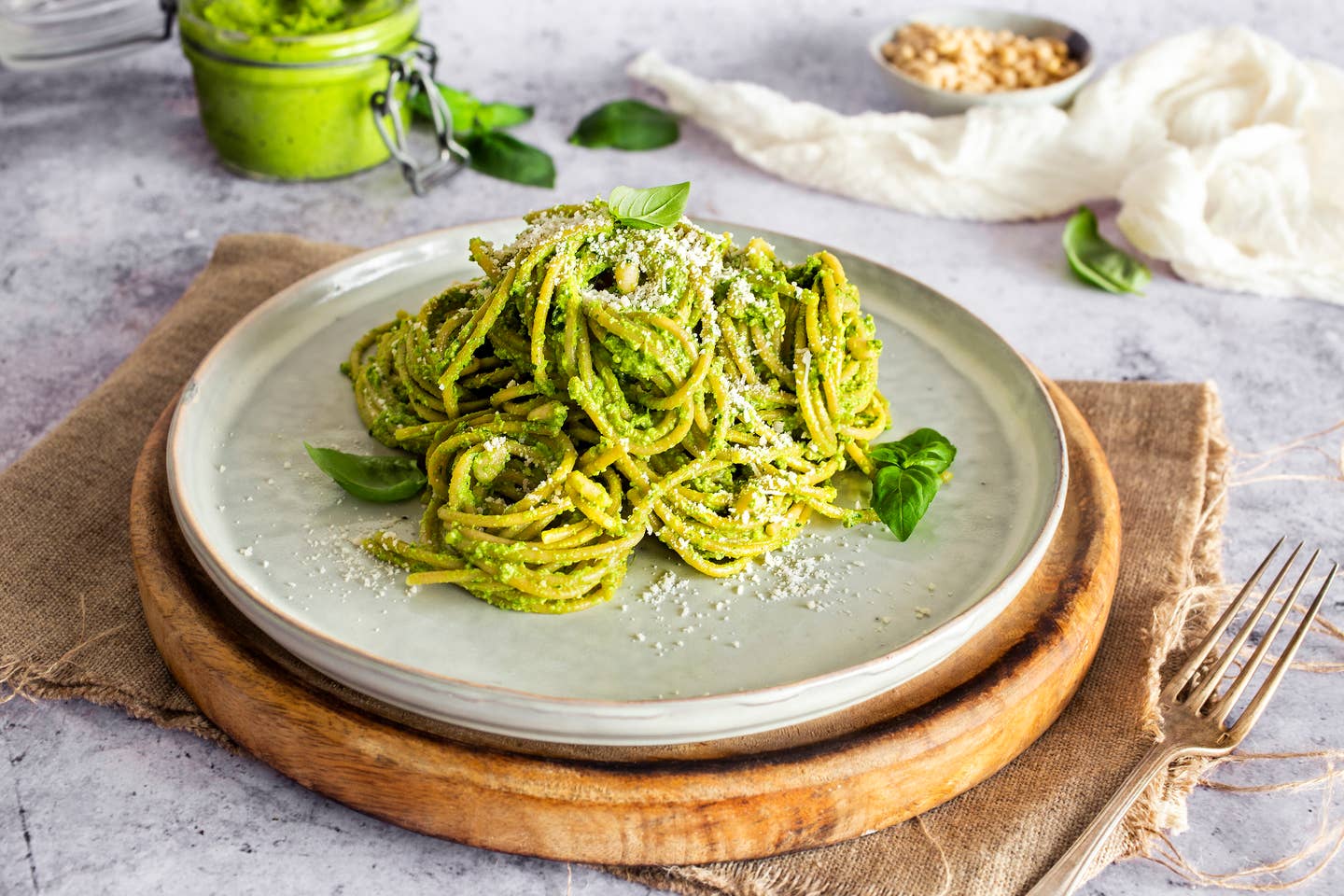
Vegan Pesto Pasta
Pesto is probably the most flavorful sauce ever and the vegan version is just as flavorful as the original, thanks to the aromatic basil, garlic, toasted pine nuts, and nutritional yeast.
Pesto can be stored in the fridge for a few weeks in a jar. Make sure that a thin layer of oil is always covering the top of the pesto, so it doesn’t have any contact with air. It can be also frozen, so you have some on your hands at any time. It’s best to freeze pesto in ice cube trays, then store it in an air-tight box or silicon bag/ziplock bag.
Pesto is not just for pasta though. You can use it as a pizza base, to spread on bread, to dip crackers or veggies, to marinate tofu or veggies, or to drizzle it over salad. You can also add a spoonful of pesto to soups, stews, or other pasta sauces (marinara, white sauce, cheesy sauce, etc) for extra flavor.
What’s really cool about pesto is that it’s extremely customizable. You can (and should) play around with the ratio of ingredients to your liking. Add more garlic, if you are a garlic-lover, more nutritional yeast/vegan parmesan for stronger cheesy flavors, or more lemon juice for extra tanginess. Use more olive oil for a creamier finish or more water for a runnier sauce.
You can also use other nuts and herbs for different flavors, or omit whatever you don’t like.
Pesto pasta served warm is especially great with long noodles like spaghetti, tagliatelle, or linguine. You can top your pasta with pine nuts, vegan parmesan, and a few fresh basil leaves.
It’s also great as a cold pasta salad, with a shorter type of pasta, such as fusilli, rigatoni, penne, or orecchiette. If making pesto pasta salad, mix in a few extras. Sun-dried tomatoes, olives, cherry tomatoes, roasted zucchini or asparagus, toasted walnuts, fresh green peas, snap peas, vegan mozzarella or feta, green onions, tofu bacon, chickpeas, avocados, corn, or pulled jackfruits are really delicious additions.
Cheap version:
- Instead of pine nuts, use walnuts, almonds, hazelnuts, or sunflower seeds.
- Swap half of all of the basil for arugula, spinach, parsley, or a mix of those.
- You can completely skip the vegan parmesan.
Healthy version:
- Avoid using olive oil, and simply add more water to the blender
- If you want even more creaminess without oil, add 1/2 avocado, or 2-3 tablespoons of tahini or cashew butter to the food processor.
- Choose legume-based pasta instead of wheat pasta.
- You can make this recipe into a raw vegan recipe. Don’t toast your pine nuts, and use zucchini noodles/zoodles or raw vegan kelp noodles.
- Add extra veggies for more nutrition. Zucchini, tomato, bell pepper, green peas, and artichokes are some of our favorites.
Fancy version:
- Traditional pesto is prepared with mortar and pestle. Though it’s just a subtle difference in taste and texture, it can definitely be worth the extra effort.
- If you have a little extra time on your hand, make your own pasta. There are not many things more delicious than homemade pasta and homemade pesto together. For a cheat version, you can buy fresh pasta in many supermarkets. Just make sure it’s a vegan one (fresh pasta is often sold with eggs)
- Adding a tablespoon of truffle oil to your pesto will make it taste extra special and delicious.
- You can top your pesto pasta with grilled vegan chicken or roasted tempeh. Vegan shrimps are awesome additions as well.
- Or top your pasta with roasted veggies. Oven-roasted cherry tomatoes drizzled with maple syrup fit especially well to pesto pasta.
Prep Time: 10-15 minutes
Cook Time: 20-30 minutes
Pesto Pasta
Serves 4
Ingredients
For the pasta:
- 12 oz/340 g spaghetti/fusilli or other pasta of choice
For the sauce:
- 3 tbsp pine nuts, lightly toasted + more to serve
- 2-3 cloves of garlic
- 3 tbsp nutritional yeast or vegan parmesan + more to serve
- 1.5 cups of fresh basil
- 1/2 lemon, juiced
- 3 tbsp olive oil
- salt, pepper
Instructions
- Prepare pasta according to package instructions. Drain, reserve some of the pasta water and return to pot.
- Meanwhile add pine nuts, garlic, nutritional yeast or vegan parmesan, basil, lemon juice, and a pinch of salt and pepper to a blender or food processor, and mix until paste forms.
- While the motor is running, stream in olive oil slowly, stopping and scraping down sides if needed.
- Start to add water slowly as well, until desired consistency is reached (about 1-3 tablespoons in total).
- Adjust taste with lemon juice and salt, if needed.
- Pour pesto over the pasta, and toss to mix. Add a little of the pasta water to reach the perfect sauce consistency.
- Serve immediately or chilled as a pasta salad. Top with extra basil, vegan parmesan, and pine nuts, if you like.
More From The Beet
